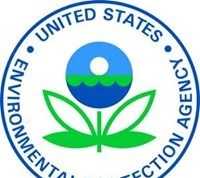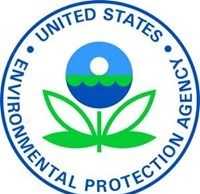EPA Assisting City of Lawrence with Financial Planning for Water Infrastructure
Boston, Mass. – February 1, 2016 – (RealEstateRama) — The U. S. Environmental Protection Agency will help the City of Lawrence with of financial and technical guidance about making future investments in its drinking water and wastewater infrastructure. EPA’s new Water Community Assistance for Resiliency and Excellence (WaterCARE) program will assist in developing robust and resilient finance strategies for water infrastructure that meets long-term needs.
The City of Lawrence was one of ten communities nationally to be selected as a WaterCARE recipient. Lawrence was selected because of its dedication to increasing community sustainability by financing water infrastructure improvements.
Through WaterCARE, EPA can help communities to conduct financial evaluations including alternatives analyses, rate and revenue studies, water efficiency studies, and resiliency assessments. Services though the program may also include developing asset management programs, identifying financing options and partnership opportunities, and providing public engagement outreach and decision-maker training.
“Dependable water infrastructure is essential to community prosperity, and EPA is committed to providing financial guidance to help them invest in the necessary water infrastructure,” said EPA Regional Administrator Curt Spalding. “EPA is proud to make a visible difference in Lawrence and help invest in sustainable infrastructure, which is increasingly important as water resources are strained by the impacts of climate change.”
“Using federal funds to partner with local cities to address public needs puts us on a solid path to future growth and safer, healthier communities,” said Congresswoman Niki Tsongas. “This EPA program will help modernize Lawrence’s infrastructure and reflects the City’s dedication to progress, revitalization and an environmentally friendly future for all Lawrence families.”
“I want to thank Curt Spalding and EPA as well as our State and Federal Government for this WaterCARE grant,” said Mayor Daniel Rivera. “Building and maintaining a strong water infrastructure is crucial to the public health of our residents, and I am looking forward to strengthening our water infrastructure through our capital improvement plan to ensure the safest water possible for our community.”
WaterCARE communities have a population less than 100,000, a need to address public health challenges, median household income considerations, and readiness to proceed with a capital improvement project. Project successes will be shared with other communities that have similar water infrastructure financing needs.
In addition, EPA’s Water Infrastructure Resilience and Finance Center is working in a number of other areas to increase investment in water infrastructure:
• State and Stakeholder Federal Funding Engagement – EPA is engaging with states and stakeholders to provide financial guidance and expertise on best practices for utilizing federal funding and private financing programs.
• Water Finance Forums – EPA is convening a series of forums across the country for communities to share their successful financing strategies. Forums have been held in Texas and New Jersey with upcoming forums scheduled in Oregon and Virginia.
• Utility Customer Assistance Programs Compendium – EPA is collaborating with national water sector associations to develop a compendium of utility customer assistance programs. The compendium will include information on programs for customers who have difficulty paying water and sewer bills. Utilities have developed these programs to enable access to drinking water and wastewater services for all customers, while meeting the operational and capital costs of providing these services. The compendium will be available in spring 2016.
• Water Sector Partnerships – EPA is conducting research on P3 projects – meaning both public-private and public-public partnerships – to take an objective look at financing strategies in the water sector. EPA is developing project profiles and an accompanying model that communities can reference when considering alternate sources of funding for major water projects. Products will be available in spring 2016. EPA is also supporting water P3 training for local officials.
• Stormwater Financing – EPA is developing a stormwater financing clearinghouse to help communities develop revenue streams to finance stormwater and green infrastructure projects. Products will be available in summer 2016.
• Energy and Water Performance Contracting – EPA is researching model contracts to increase funding for improved energy and water management in small- and medium-sized systems.
For more information: http://www.epa.gov/waterfinancecenter
Contact Information: Emily Bender, 617-918-1037
















